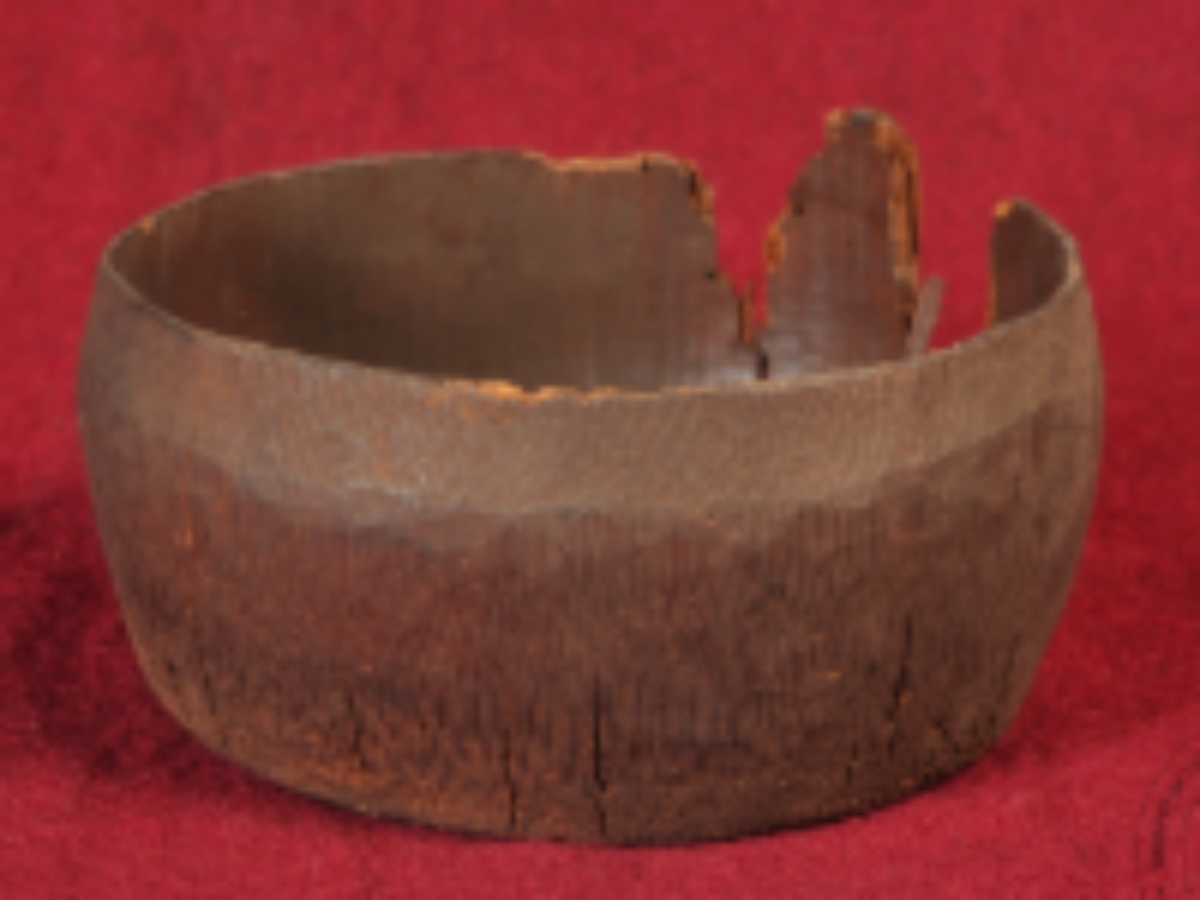State
Tribe Name
Art Type
short description
The bamboo bowl was an article produced by the Naga tribe of the northeastern state of Nagaland in India. As craftsmen, the Nagas possess deep-rooted environmental consciousness. They have used this versatile bamboo for thousands of years in creating household objects, tools, and containers. The bowl speaks of their ingenuity and minimalist design sensibility. This is a very small and circular bowl made from a segment cut off bamboo. The joint—the natural internal joint—forms the base of the bowl, which makes it totally sealed and able to hold liquids or dry items. The walls of the bowl are made of the outer bamboo shell cut and polished in a way so they can remove all splinters without removing too much strength and durability.
Thumbnail

Filter Postion
Left
Filter Background
Off
Theme
Filter Header Image

content
Image

description
The bamboo bowl was an article produced by the Naga tribe of the northeastern state of Nagaland in India. As craftsmen, the Nagas possess deep-rooted environmental consciousness. They have used this versatile bamboo for thousands of years in creating household objects, tools, and containers. The bowl speaks of their ingenuity and minimalist design sensibility. This is a very small and circular bowl made from a segment cut off bamboo. The joint—the natural internal joint—forms the base of the bowl, which makes it totally sealed and able to hold liquids or dry items. The walls of the bowl are made of the outer bamboo shell cut and polished in a way so they can remove all splinters without removing too much strength and durability.
Such bowls have been used generally for serving food or rice beer or 'zu' as it is termed locally, or for storing grains, herbs, or water. Integral in the life of Naga domestic culture, they are also used yearly in festivals and community gatherings. One of these original examples of bamboo bowls once in use was in Nagaland. Now, it lies in the Indian Museum, Kolkata. Therefore this emphasizes the cultural and ethnographic significance of this object. This artifact reflects not only the mastery of the Nagas over natural materials but also their sustainable lifestyle model embedded in their traditions.
Such bowls have been used generally for serving food or rice beer or 'zu' as it is termed locally, or for storing grains, herbs, or water. Integral in the life of Naga domestic culture, they are also used yearly in festivals and community gatherings. One of these original examples of bamboo bowls once in use was in Nagaland. Now, it lies in the Indian Museum, Kolkata. Therefore this emphasizes the cultural and ethnographic significance of this object. This artifact reflects not only the mastery of the Nagas over natural materials but also their sustainable lifestyle model embedded in their traditions.
Image Mode
landscape
promoted
On
Verified
Off
